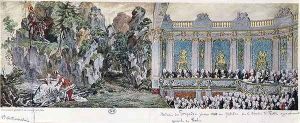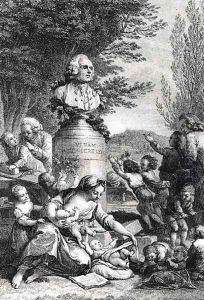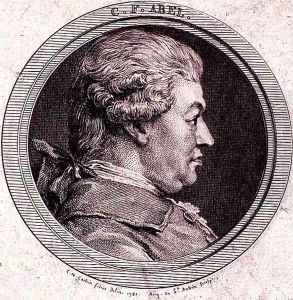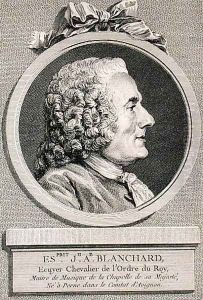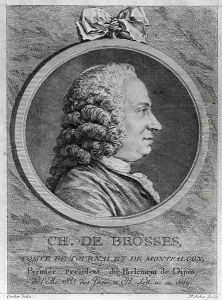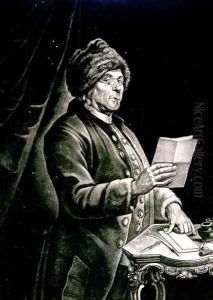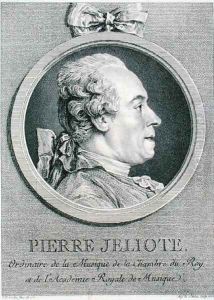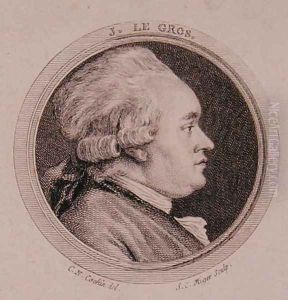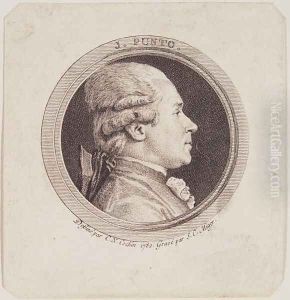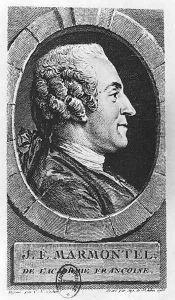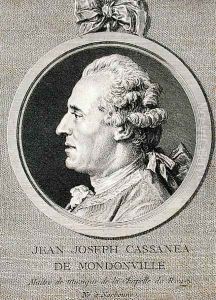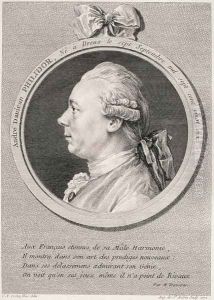Cochin, Charles Nicolas II Paintings
Charles Nicolas Cochin II, born in 1715 in Paris, France, was a distinguished French engraver, designer, writer, and art critic, who became a central figure in the French art scene of the 18th century. Son of Charles-Nicolas Cochin the Elder, an accomplished engraver himself, Cochin was exposed to the world of art and engraving at an early age, which significantly influenced his career path.
Cochin's education was comprehensive, including learning from his father and studying under the best artists of his time. He quickly gained recognition for his delicate engravings and detailed drawings. His works encompassed a wide range of subjects, including illustrations for books, portraits, and historical scenes. Cochin's style was marked by its elegance and clarity, characteristics that made his artworks popular among the French elite.
In 1751, Cochin was appointed as the designer and engraver of the King's Cabinet, a position that further established his reputation. His role involved organizing the king's art collection and overseeing the production of engravings for the royal court. Cochin was also a key figure in the planning and realization of the Fêtes Galantes, elaborate court entertainments that were a hallmark of the Rococo period.
Beyond his artistic contributions, Cochin played a significant role in the intellectual and cultural life of France. He was an active member of the Académie Royale de Peinture et de Sculpture, where he served as secretary from 1755 until his death in 1790. Cochin's writings on art, which include critiques, essays, and reflections on the nature of beauty and the role of art in society, were influential in shaping contemporary and future art discourse.
Cochin's legacy is not only in his artworks but also in his efforts to reform the French art establishment. He advocated for higher standards in artistic production and education, and his ideas contributed to the early foundations of what would become the modern art museum concept. His detailed diaries and correspondence provide valuable insights into the cultural life of 18th-century France and the workings of its art institutions.
Charles Nicolas Cochin II died in 1790, leaving behind a body of work that continues to be celebrated for its refinement and insight into the Rococo period. His contributions to the arts and to French cultural history remain significant, reflecting a lifetime dedicated to the advancement and appreciation of beauty.
